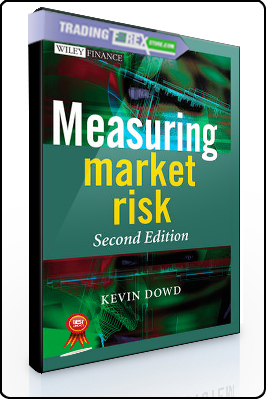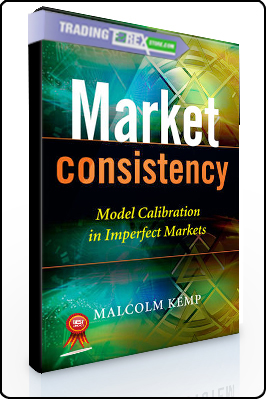Michael S. Jenkins – Day Trading For 50 Years
Original price was: $525.00.$15.00Current price is: $15.00.
- Description
Description
Michael S. Jenkins – Day Trading For 50 Years (19.7 MB)
![]()
Michael S. Jenkins – Day Trading For 50 Years
Michael S. Jenkins’ eBook, “Day Trading For 50 Years,” serves as a comprehensive guide to trading philosophy and strategies accumulated over decades of experience. The eBook is structured into 23 chapters, each delving into specific aspects of day trading, providing valuable insights for both beginners and seasoned traders alike.
In the opening chapter, titled “My Philosophy of Trading,” Jenkins likely establishes the tone for the entire book, offering readers a glimpse into his mindset and approach towards the dynamic world of day trading. This initial section might set the foundation for the subsequent chapters, emphasizing the importance of a clear and sound trading philosophy.
The second chapter, “Basic Starting Principles,” is expected to introduce fundamental concepts essential for understanding the intricacies of day trading. Here, readers might grasp the core principles that serve as building blocks for more advanced strategies discussed in later chapters.
Moving on to “360 Degree Measured Move Vectors” in Chapter 3, Jenkins might explore a specific technical analysis tool or methodology, shedding light on how traders can use measured move vectors to gauge potential market movements comprehensively.
In Chapter 4, “Squaring the Circle,” Jenkins might delve into geometric concepts related to trading. This section could provide traders with a unique perspective on market analysis, offering a distinct approach to understanding price action.
“Retracements,” as discussed in Chapter 5, may focus on market pullbacks and their significance. Jenkins likely elucidates how retracements can be pivotal in identifying entry and exit points for trades, enriching the reader’s understanding of market dynamics.
Chapter 6, titled “Trend,” may explore the critical aspect of trend analysis in day trading. Jenkins might discuss different types of trends, their identification, and the strategies to capitalize on trend movements effectively.
The seventh chapter, “Secret to the Impulse Bar,” likely reveals insights into identifying and interpreting impulse bars, which are crucial for understanding sudden market movements. Jenkins might share his expertise on using this information to make informed trading decisions.
In “Momentum & Angles,” Chapter 8 may focus on the relationship between momentum and price angles, providing traders with tools to gauge the strength and direction of market trends.
“Trading Strategy in Practice,” as discussed in Chapter 9, might bring together the concepts from previous chapters into a practical framework. Readers may learn how to implement the strategies discussed earlier in real-world trading scenarios.
Chapter 10, “Time & Price Squared,” may introduce the concept of aligning time and price factors to enhance the accuracy of trading predictions. This section could provide valuable insights into optimizing entry and exit points.
The subsequent chapters, from 11 to 14, could cover a variety of topics such as tape reading, stock selection, and basic time and price numbers, gradually building a comprehensive understanding of day trading strategies.
In the latter part of the eBook, Jenkins might explore more advanced concepts, including seasonal time cycles, market-generated cycles, and options trading. The inclusion of an epilogue could serve as a reflection on the overarching themes and key takeaways, offering a thoughtful conclusion to the reader’s journey through the world of day trading as illuminated by Michael S. Jenkins.















